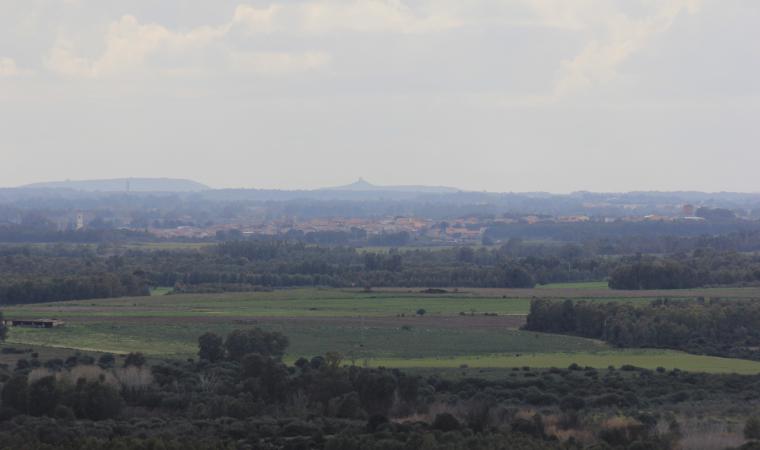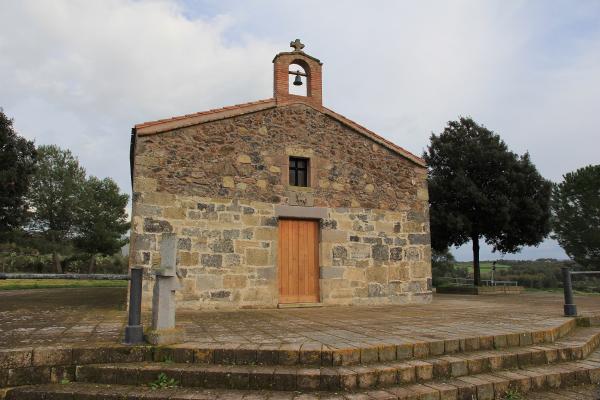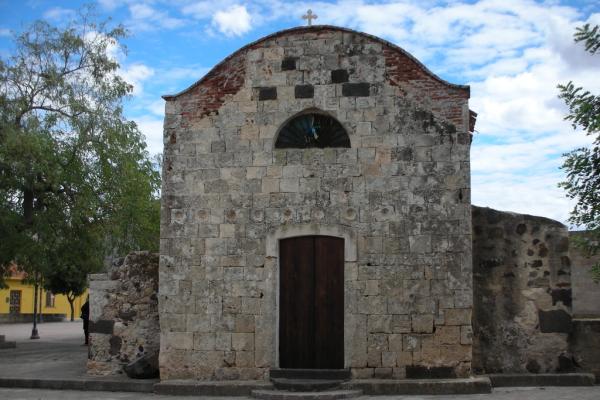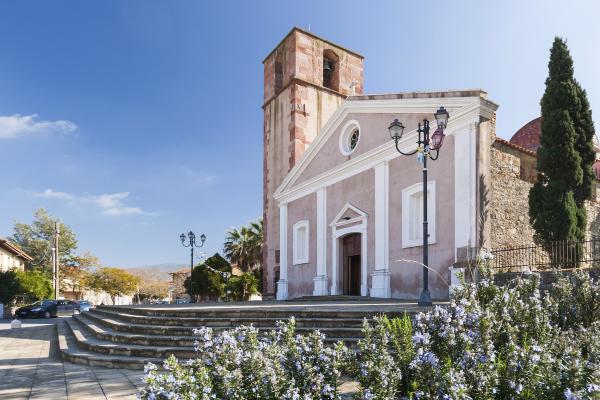It is set in north Campidano plain, in the lower valley of the Tirso river, in one of the island’s most fertile areas cultivated for grapes, olives, artichokes, tomatoes, watermelons and melons. Solarussa is a farming town of 2500 inhabitants just over ten kilometres from Oristano, where the Peace Treaty between Eleonora of Arborea and John I of Aragon was signed in 1388. Its Latin name, solum russus, refers to the red-coloured earth in the area. In the 20th century, local industry included the oil-products industry, which produced olive-pomace oil, and an agricultural processing plant, a first of its kind on the island. Today, the town is known for its wine: in Bennaxi, Solarussa’s prolific countryside, the land is green with vernaccia vineyards. The sumptuous wine made from these grapes is the focus of a festival where it is paired with local dishes.
Even carnival follows this theme: called Su Bingiatteri, the ‘vine grower’. Until mid-20th century, bricks and roof tiles were being produced in Bangius and Cu ‘e Forru. They were then used to build the rural homes in the town’s city centre. These homes, some of which are embellished with murals, can be seen to this day. Casa Sanna, the site of cultural events, with its wrought iron balconies and large doorway is one splendid example. It is located in the upper section of the town, next to the Church of Madonna delle Grazie. Once a pilgrimage destination, it is now the site of a late May festival. The façade of this charming church is characterized by an arcade with three orders of arches and by two similar bell towers. The impressive Parish of San Pietro Apostolo, consecrated in 1835, houses 18th century paintings by Pietro Angeletti. Adjacent, stands the Church of Anime. Constructed in 1749, it contains precious furnishings: a polychrome marble altar and a wooden pulpit. On a small hill in the town’s outskirts, stands the Church of San Gregorio Magno, built between 12th and 13th centuries over the ruins of an older building using trachyte and basalt ashlars in minor Romanesque style. The celebration held in its patron saint’s honour in mid-October is the town’s most anticipated. Next to the church, the ruins of a well, Putz’e Angius, and possible thermal baths building, both Roman, can be seen.
In Solarussa, the Romans set up a rest stop along Via Maxima, which links Tharros and Forum Traiani. Coins, the ruins of domus and pottery found at Cuccuru Madau are additional evidence of Roman presence. Of the many Nuragic settlements, the most significant is the Complex of Pidighi, consisting of the very similar nuraghes of Pidighi and Muru Acca and their respective settlements as well as nearby water sources. Both consist of a main tower, an open courtyard and a secondary tower. At the Mitza Pidighi Spring, already known in Pre-Nuragic times, as seen from obsidian and pottery findings dated to 4000 BC, water is still flowing from a small cubicle around which an enclosure, possibly containing an altar, was constructed in 1000 BC.
















